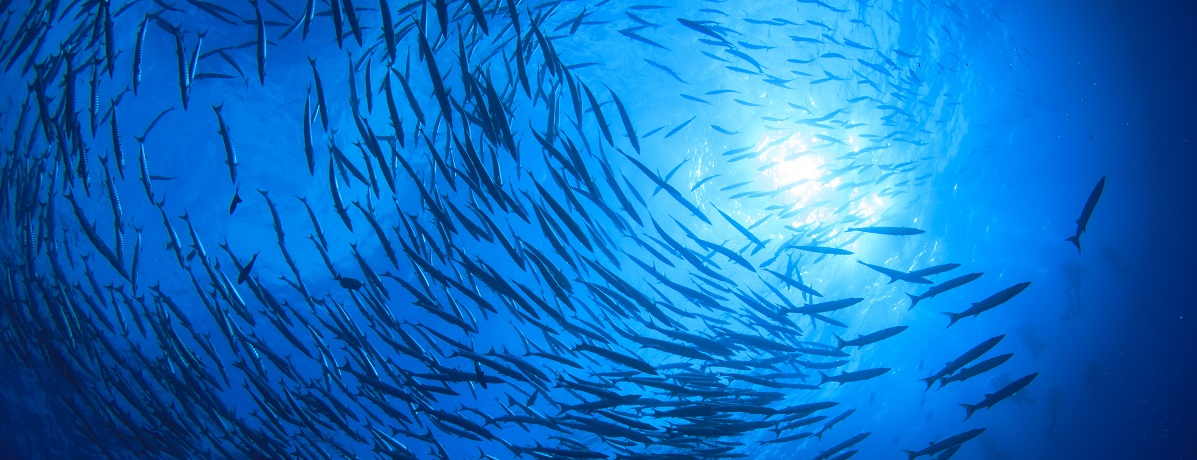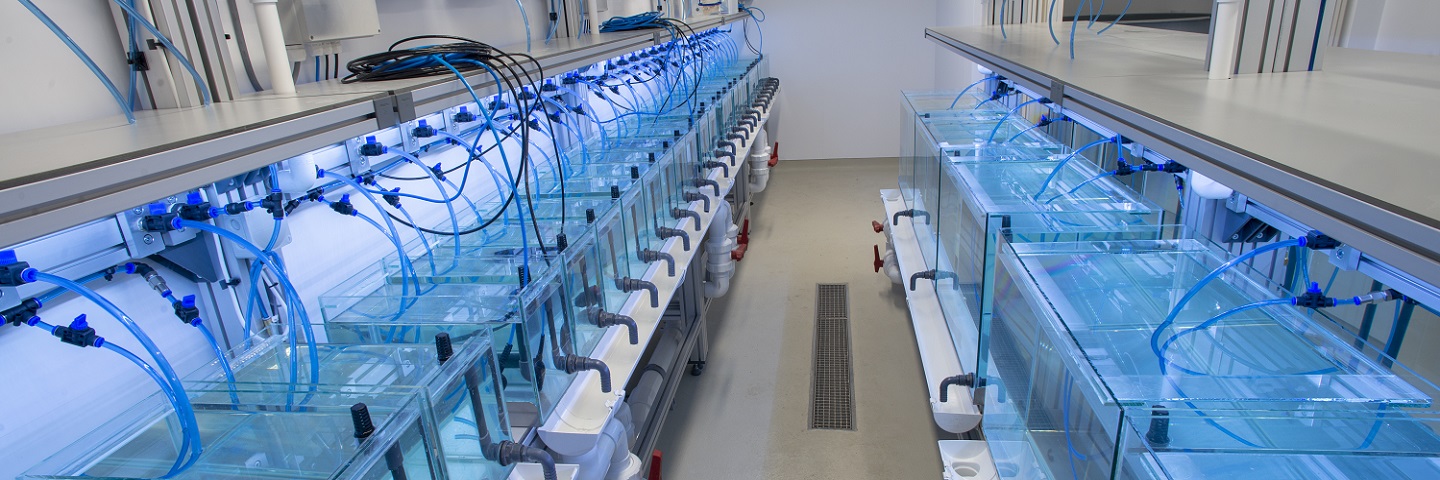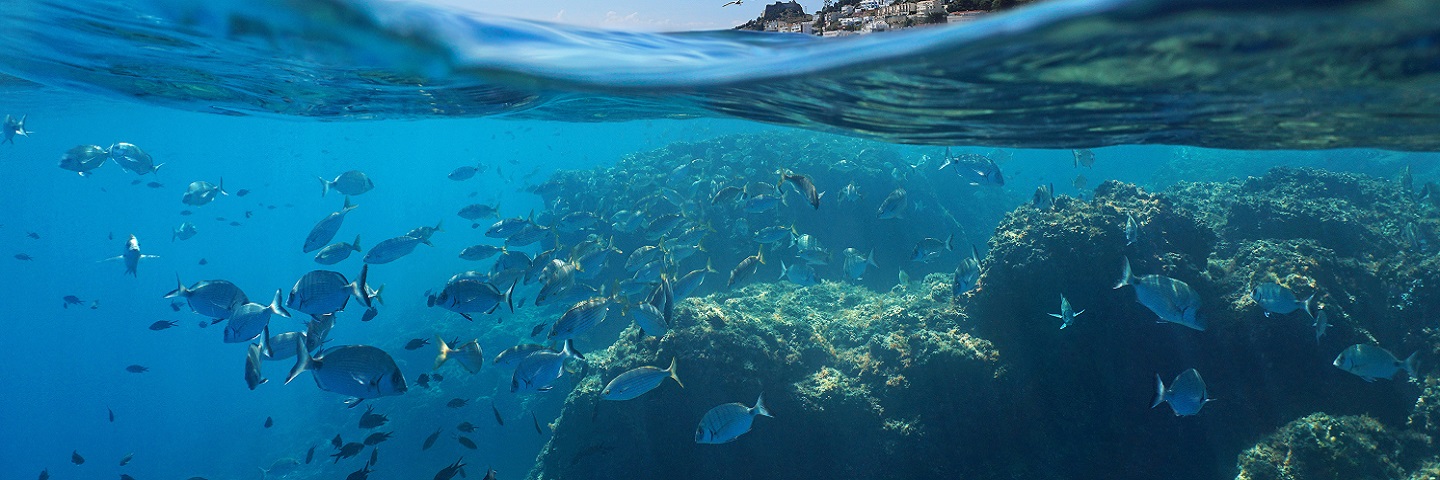In 2019, new regulations relating to endocrine-disrupting chemicals in Europe were introduced; that require plant protection products and biocides to be assessed for endocrine activity.
In 2019, new regulations relating to endocrine-disrupting chemicals in Europe were introduced; that require plant protection products and biocides to be assessed for endocrine activity (Biocidal Products Regulation (BPR, EU 2017/2100) and Commission Regulation (EU) no 2018/605 for plant protection products). These regulations apply to new chemicals and existing products that come up for re-registration. As a consequence, there has been an increased demand for tests that evaluate endocrine-disrupting activity.
In response to this demand, Fera has established a new flow-through aquatic laboratory and expanded its scientific profile to include experts experienced in the application of the testing guidelines for assessing endocrine disrupting effects in fish.
Definition of an Endocrine Disruptor
WHO/IPCS define an endocrine disruptor as “an exogenous substance or mixture that alters function(s) of the endocrine system and consequently causes adverse health effects in an intact organism, or its progeny, or (sub)populations.”
Under the new regulations, substances are identified as endocrine disruptors if:
An adverse effect is observed in an intact organism or its progeny, and
It has an endocrine mode of action,and
the adverse effect is a consequence of the endocrine mode of action.
The adverse effects relate to changes in the morphology, physiology, growth, development, reproduction or lifespan of an organism, system or (sub)population that results in an impairment of functional capacity, an impairment of the capacity to compensate for additional stress or an increase in susceptibility to other influences.

Assessing Chemicals for Endocrine Activity
To date, several testing guidelines have been adopted by OECD that can be used to evaluate the potential endocrine activity of chemicals. These guidelines target specific windows within the life-cycle of aquatic vertebrates that are known to be especially sensitive to the effects of exposure to endocrine disrupting chemicals, to identify chemicals with an endocrine mode of action (short-term assays), and evaluate their potential for adverse effects (long-term tests). A key element of the guidelines for endocrine disruptors is the inclusion of biological measures that are informative of alterations in specific pathways within the endocrine system. For example, alterations in circulating concentrations of the egg yolk protein, vitellogenin, is used as a biomarker for exposure to chemicals acting via the oestrogenic pathway, while altered male secondary sex characters is used as a biomarker for interaction with the androgenic pathway.
Fera offers each of the currently adopted OECD test guidelines for evaluating endocrine disruption in fish:
OECD TG 229: Short-term Reproduction Test.
In this test sexually active groups of fish are exposed to the test chemical over a period of up to 21 days to evaluate effects on reproduction (egg production). Concentrations of vitellogenin and prominence of secondary sex characters are evaluated to inform on the potential for a chemical to disrupt the oestrogen, androgen or steroidogenic pathways.
OECD TG 230: Fish Screening Assay.
In this test sexually active groups of fish are exposed over a period of 21 days to evaluate effects on vitellogenin and secondary sex characters. This test can be used to identify chemicals acting via the oestrogenic, androgenic or steroidogenic pathways.
OECD TG 234: Fish Sexual Development Test.
In this test fish are exposed from embryo through to sexual maturity to evaluate effects on growth and sexual development. Effects on vitellogenin and secondary sex characters are evaluated to inform on the mode of action of the chemical but the key endpoint is an evaluation of the sex ratio of the population based on histological examination of the gonad.
OECD TG240: Medaka Extended One-Generation Reproduction Test (MEOGRT).
In this test fish are exposed over multiple generations to assess effects on population relevant endpoints, including survival, growth, development and reproduction. The test includes the biomarker endpoints (vitellogenin and secondary sex characters) to provide mechanistic information.
Aquatic Facilities
The new aquatic facility at Fera has been specifically designed to meet the increasing demands of these new regulations for endocrine disruptors. The designated testing rooms provide the highly controlled environments (temperature, photoperiod and water quality) required for holding non-native species of fish under test conditions. The testing rigs allow exposures to be conducted under static through to full flow-through conditions with a high level of replication for each test concentration. A dedicated husbandry area allows populations of fish to be reared in-house ensuring all studies are supplied with fish of the highest quality. In addition, with 20 years’ experience of studying the effects of endocrine active chemicals on fish physiology, we have the expertise needed to conduct the OECD test guidelines for Endocrine Disruptors.

2. Species representation
The issue of statistical power is closely related to that of species representation. The issue of low numbers of organisms is especially pertinent when referring to species representation of groups such as EPT taxa – Ephemeroptera (mayflies), Plecoptera (stoneflies), and Trichoptera (caddisflies). Specific habitat requirements need to be met if these species are to form supportable populations in a mesocosm environment.
The new mesocosm at Fera overcomes these problems by providing habitats of sufficient size and quality that populations of representative species can establish in higher numbers. This means that our experiments are powerful enough to achieve minimum detectable difference criteria – which support high reliability ratings. As an indication of the species abundance achievable in our mesocosm, I was net sweeping back in November, just five months after the facility was completed, and found hundreds of mayfly nymphs. These species can survive in static conditions, but establish in much higher numbers with a constant supply of freshly aged water. Using our new facility, we will be able to establish mesocosm experiments with species populations that support the sampling frequencies needed for truly robust risk assessment studies.




